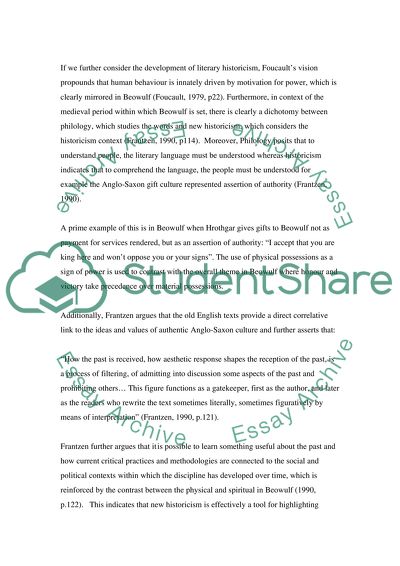Cite this document
(The Material And The Spiritual In Beowulf And The Millers Tale Essay, n.d.)
The Material And The Spiritual In Beowulf And The Millers Tale Essay. https://studentshare.org/literature/1573735-explore-the-relationship-between-the-material-and-the-spiritual-in-beowulf-and-the-millers-tale
The Material And The Spiritual In Beowulf And The Millers Tale Essay. https://studentshare.org/literature/1573735-explore-the-relationship-between-the-material-and-the-spiritual-in-beowulf-and-the-millers-tale
(The Material And The Spiritual In Beowulf And The Millers Tale Essay)
The Material And The Spiritual In Beowulf And The Millers Tale Essay. https://studentshare.org/literature/1573735-explore-the-relationship-between-the-material-and-the-spiritual-in-beowulf-and-the-millers-tale.
The Material And The Spiritual In Beowulf And The Millers Tale Essay. https://studentshare.org/literature/1573735-explore-the-relationship-between-the-material-and-the-spiritual-in-beowulf-and-the-millers-tale.
“The Material And The Spiritual In Beowulf And The Millers Tale Essay”. https://studentshare.org/literature/1573735-explore-the-relationship-between-the-material-and-the-spiritual-in-beowulf-and-the-millers-tale.


